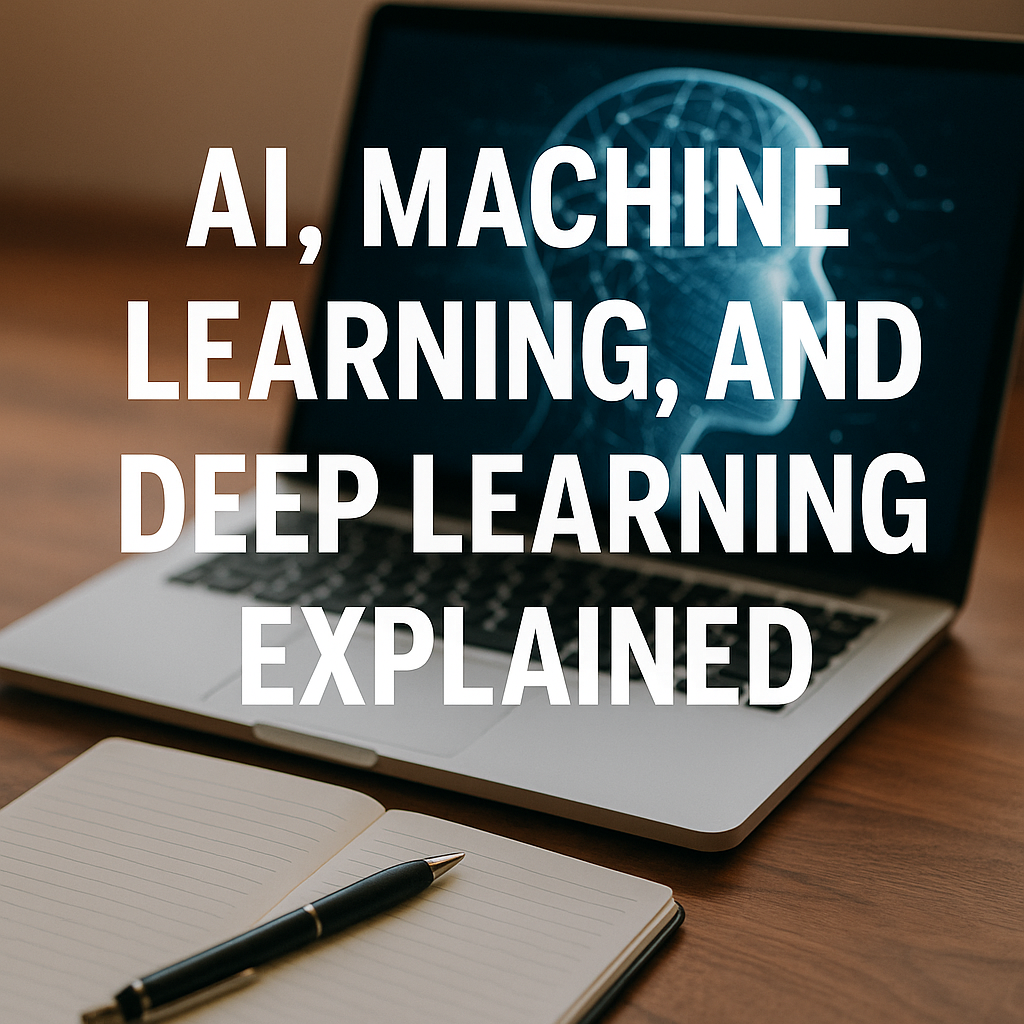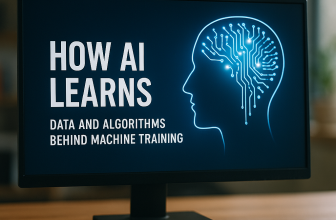
Understanding the Difference Between AI, Machine Learning, and Deep Learning
Artificial Intelligence (AI), Machine Learning (ML), and Deep Learning (DL) are often used interchangeably, but they represent different concepts. This article will break down the differences between them in an easy-to-understand, SEO-friendly manner. Whether you’re a tech enthusiast or a digital marketer, understanding these terms will empower your knowledge in today’s AI-driven world 🧠.
Artificial Intelligence: The Big Picture
Artificial Intelligence refers to the broad concept of machines being able to carry out tasks in a way that we would consider “smart.” AI encompasses everything from rule-based systems that follow explicit instructions to systems that can learn and adapt.
At its core, AI is the capability of a computer system to mimic human cognitive functions such as:
- Problem-solving
- Learning
- Planning
- Natural Language Understanding
AI is the umbrella under which both ML and DL fall. Think of it as the parent technology that comprises various techniques and approaches. Some AI applications don’t rely on learning at all — for instance, expert systems or decision trees that simply follow programmed rules.
Machine Learning and Deep Learning: The Core Technologies Behind AI
Machine Learning is a subset of AI where algorithms are designed to analyze data, learn from it, and make informed decisions based on that data. Rather than being explicitly programmed with rules, ML systems learn patterns from data.
Types of ML include:
- Supervised learning: algorithms learn from labeled data (e.g., predicting house prices based on size and location)
- Unsupervised learning: algorithms detect patterns in unlabeled data (e.g., customer segmentation)
- Reinforcement learning: algorithms learn optimal actions through trial and error (commonly used in robotics and gaming)
Deep Learning is a specialized subfield of ML that uses layered neural networks, mimicking the human brain’s structure. These networks are particularly powerful at learning from large volumes of unstructured data such as images, audio, and text. DL has powered advances in:
- Speech recognition 🗣️
- Image classification 🖼️
- Natural language processing 📝
- Autonomous driving 🚗
In essence, all DL is ML, but not all ML is DL. DL requires massive computational power and big datasets, but it delivers state-of-the-art accuracy in return. It’s the technology behind ChatGPT, image generators, and facial recognition systems.
Conclusion
To sum it up, AI is the overarching science of making intelligent machines. Machine Learning is a subset of AI focused on building systems that learn from data. Deep Learning takes ML further by using neural networks for even deeper analysis. Knowing these differences will help you grasp how today’s smart technologies are built – and what powers them 🚀.






